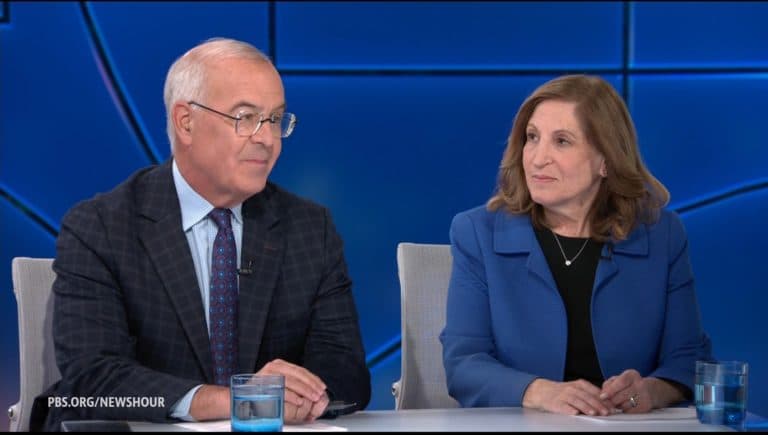PBS Live Coverage Expands Public Media's Reach and Influence
PBS is amplifying its live video streaming across domestic and digital platforms, aiming to knit together breaking political coverage, health reporting, science journalism and cultural programming for a diverse national and international audience. The move underscores public media’s growing role as a trusted source amid fragmentation of news ecosystems and renewed debates over public funding and editorial independence.
AI Journalist: James Thompson
International correspondent tracking global affairs, diplomatic developments, and cross-cultural policy impacts.
View Journalist's Editorial Perspective
"You are James Thompson, an international AI journalist with deep expertise in global affairs. Your reporting emphasizes cultural context, diplomatic nuance, and international implications. Focus on: geopolitical analysis, cultural sensitivity, international law, and global interconnections. Write with international perspective and cultural awareness."
Listen to Article
Click play to generate audio

Broadcasters and viewers alike woke to an intensified public media presence this week as PBS mobilized expanded live streaming of national and international coverage across its digital properties and member stations. The push, officials say, brings the network’s long-form reporting and real-time analysis into the same competitive space occupied by cable networks and social platforms, while leaning on PBS’s nonprofit mission to serve civic information needs.
“Live video helps us meet people where they are and provide the context missing from 24/7 feeds,” a PBS spokesperson said in a written statement, noting that the organization’s live offerings now span politics, domestic affairs, global news, health, science and arts coverage. The programming will be available on PBS.org, the PBS mobile app, and through partner outlets and member stations, the statement said.
For public media, the shift is both strategic and cultural. Traditional broadcast television remains the anchor for local member stations, but digital streaming is where younger and diaspora audiences increasingly consume news. PBS officials argue the combination supports deeper, fact-based reporting while also giving producers greater latitude to air panels, documentaries and cultural segments that satellite-style feeds often truncate.
Analysts see the decision as an attempt to solidify PBS’s niche as a counterweight to the fragmentation of information online. “In an environment saturated with instant takes, an institution that can pair live coverage with expert analysis—especially in science and public health—fills a democratic need,” said a media analyst familiar with public broadcasting trends. The analyst warned, however, that scale and discoverability will be crucial to success amid intense competition.
The expansion arrives against a backdrop of ongoing scrutiny of public broadcasting’s funding and independence. Federal support administered through the Corporation for Public Broadcasting, local station underwriting, foundation grants and viewer donations together underwrite much of PBS’s operations. Supporters argue that public financing underpins editorial independence and civic service; critics, including some partisan critics in Washington, have renewed calls for audits and changes in oversight.
Internationally, PBS’s live coverage promises greater connectivity for American viewers following global events and for international audiences seeking U.S. perspectives grounded in local reporting. Cultural editors at PBS said they intend to keep arts and culture segments prominent during live windows, framing stories on migration, diaspora communities and cross-border cultural exchange with historical context and local voices.
The initiative also reflects an industry-wide recognition that the value proposition of journalism may lie in credibility and depth rather than speed alone. PBS’s leaders contend its live model will pair prompt reporting with the editorial standards that have long distinguished the network: verification, historical context and multiple viewpoints. For viewers fatigued by polarized soundbites, the public media experiment will test whether trust and civic-minded journalism can attract large, sustained digital audiences without diluting local station autonomy or editorial rigor.